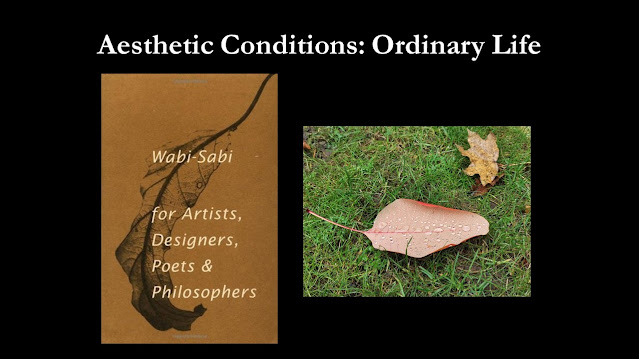The ‘pandemic,’ quite ongoing, changed all that.
But, in truth, even without a crisis change there would have been. The cast of those who might have been considered the right personages always changes, suggesting that possibilities shift and that margins have been “pushed,” borders extending to new and younger experts.
To be sure, one can also come up short as this may be one way to read complaints about lost value, as Adorno and Horkheimer muse with respect to the commodity character of art (and festivals are designed to exemplify the character of “art as a consumer good”) in their Dialectic of Enlightenment reflections on Beethoven “improvising ‘Rage for a Lost Penny’.”
Another kind of loss, not unrelated, is repeated in Heidegger’s “On the Way to Language,” which Heidegger retrains, over and over again, from Stefan George’s 1919 poem, The Word,
Where word breaks off, no thing may be.
In a game of naughts, the silence imposed on alternate voices, those are the ignored, the disregarded, the unnoted, vies with all the other silences in the emptiness of vanity, incomprehension, inattention.













